The Ultimate Guide to Choosing and Maintaining Butchering Equipment
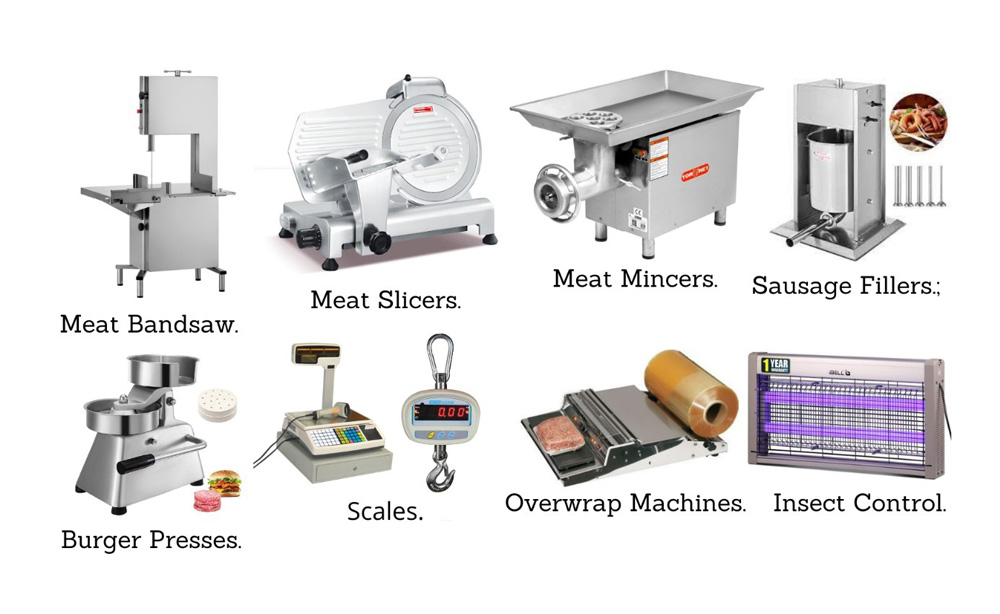
Introduction to Butchering Equipment
Butchering, an ancient and respected craft, requires more than just muscle and skill; it demands the right tools. Whether you're a home enthusiast, a professional butcher, or someone looking to delve deeper into the art of meat preparation, having the appropriate butchering equipment is non-negotiable. The tools you use will not only influence the efficiency and speed of your work but also the quality and precision of the cuts. Butchering isn't merely a task; it is a delicate process that transforms raw meat into culinary masterpieces. Let's dive into the essential tools and how they shape the butchering process.
Why the Right Tools Matter in Butchering
The choice of butchering tools is paramount. The right tools make the job easier, more efficient, and safer. They help you achieve precision in your cuts, ensuring that each piece of meat is as fresh and flawless as possible. A dull knife, for example, will make a butcher’s job more difficult and lead to ragged cuts, while an ill-suited tool can increase the risk of injury. The proper butchering equipment not only optimizes your workflow but also preserves the integrity of the meat, leading to a higher quality final product. In short, good tools allow you to work smarter, not harder.
Understanding the Basics of Butchering
Before delving into the specific tools, it’s important to understand the fundamentals of butchering. Butchering involves breaking down a large carcass into smaller, manageable cuts for cooking or further processing. Whether it's beef, pork, poultry, or game, the basic goal is to efficiently and cleanly separate muscles, fat, bone, and connective tissue. Successful butchering requires a blend of knowledge, technique, and, of course, the right tools. Knowing how to handle each piece of equipment and applying the correct technique for each type of meat is the foundation of successful butchering.
The Importance of Safety and Hygiene in Butchering
Butchering is not just about cutting meat; it's about doing so safely and hygienically. Safety should always be your top priority. The sharpness of butchering tools demands caution—there’s always a risk of cuts, slips, or accidents. Proper handling and maintenance of knives and other tools reduce these risks significantly. Furthermore, hygiene plays an equally critical role. Cross-contamination and improper cleaning can lead to serious foodborne illnesses. All tools must be regularly sanitized, and meat should be processed on clean surfaces to ensure that hygiene standards are met.
The Must-Have Tools for Every Butcher
To succeed in butchering, certain tools are indispensable. These include knives, saws, cleavers, and other essential equipment. Each tool serves a specific function and is necessary for particular cuts or techniques. Understanding these tools, their uses, and how to maintain them will empower any butcher to work with confidence and skill.
Knives: The Heart of Butchering
A sharp, high-quality knife is a butcher's most essential tool. From the moment you start cutting into a carcass, the knife is your primary instrument. A good butcher's knife should feel comfortable in the hand, with a blade that can easily slice through meat and bone without excessive force. The right knife will allow for precise cuts, whether you're trimming fat, separating muscles, or boning a chicken. When it comes to knives, quality truly matters—cheap, dull knives will frustrate you, while well-made, sharp knives will make butchering a smooth, efficient process.
Boning Knives: Precision and Flexibility
Boning knives are designed with precision in mind. These knives typically have thin, flexible blades that allow butchers to navigate around bones with ease. Their narrow shape is ideal for working in tight spaces, especially when deboning poultry or fish. A boning knife is a must-have for any butcher looking to perform intricate cuts with minimal waste.
Cleavers: Power and Versatility in One Tool
Cleavers, heavy and robust, are another essential tool in a butcher's kit. Unlike traditional knives, cleavers are used for heavier tasks—splitting through bones and cartilage. The weight and balance of a cleaver allow it to deliver powerful cuts without requiring as much force from the user. Cleavers are indispensable for breaking down large cuts of meat into smaller portions.
Saws: Cutting Through Tough Bones and Cartilage
While knives and cleavers handle most butchering tasks, saws are the go-to tool for cutting through particularly thick bones or cartilage. A bone saw’s serrated edge makes it ideal for breaking down large sections of meat, such as cutting through ribs or splitting a pig carcass. It's a specialized tool that any butcher dealing with large animals should not be without.
Scissors: An Often Overlooked Butcher's Essential
Though often overlooked, kitchen or butcher scissors can be incredibly helpful in the butchering process. These scissors are ideal for snipping through smaller cuts of meat, trimming fat, or even cutting off skin. Their convenience and precision make them a useful tool in both the professional butcher’s workshop and the home kitchen.
Essential Accessories to Complement Your Butchering Kit
While knives and cleavers are central to butchering, there are numerous accessories that can improve your workflow, enhance safety, and aid in precision.
Cutting Boards: Materials and Sizes That Suit Your Needs
A sturdy cutting board is vital for a successful butchering session. Material choices range from wood to plastic, with each offering its own benefits. Wood is durable and gentle on knives, while plastic is easy to sanitize. It’s crucial to select a board that suits the type of meat you are working with and provides ample space for cutting and processing.
Butcher's Hooks: For Hanging Meat with Ease
Butcher's hooks are indispensable for hanging meat during the butchering process. They help to keep large cuts of meat elevated and easy to access while maintaining a clean workspace. The right hook will not only allow for a smoother workflow but will also contribute to better hygiene by preventing the meat from touching the ground.
Meat Thermometers: Ensuring Perfect Cuts Every Time
A reliable meat thermometer is essential for ensuring that meat is cooked or processed to the perfect temperature. Whether you're working with pork, beef, or poultry, a thermometer allows you to check the internal temperature of larger cuts or sausages, ensuring safety and consistency every time.
Sharpening Tools: Maintaining Your Knives and Tools
Sharp knives are critical to successful butchering. However, no knife remains sharp forever, which is why sharpening tools like honing rods and sharpening stones are crucial to any butchering kit. Regularly maintaining the edge of your knives ensures they perform at their best and last longer, ultimately improving your cutting accuracy and reducing the effort needed to break down meats.
Specialty Butchering Equipment for Advanced Techniques
For those who wish to elevate their butchering game, advanced tools and equipment open up new possibilities and efficiencies.
Electric Meat Slicers: For Precision and Speed
Electric meat slicers are designed to quickly and precisely slice meat into uniform pieces. Whether you're preparing deli meats, sausages, or jerky, an electric slicer speeds up the process and improves the quality of the slices. It’s particularly useful in commercial environments where efficiency is key.
Meat Grinders: Grinding Meat Like a Pro
A meat grinder is essential for those looking to create ground meat or sausage blends. Whether you’re making burgers or custom sausages, a high-quality grinder ensures consistency and control over the texture of your meat. With a grinder, you can also control fat content and achieve the perfect blend for any recipe.
Stuffing Machines: Crafting Sausages and Other Delights
Stuffing machines make the sausage-making process quick and effortless. These machines allow you to stuff casings with ground meat and spices, creating delicious, uniform sausages. For those who enjoy crafting their own sausages, this equipment is a game-changer.
Dehydrators: Preserving Meats for Long-Term Storage
Dehydrators are invaluable for preserving meat long-term. Whether you want to make jerky or dry-cured sausages, a dehydrator helps remove moisture from meat to prevent spoilage. It’s a practical tool for preserving the fruits of your butchering labor or for those who like to take advantage of seasonal meat availability.
Choosing the Right Butchering Equipment for Your Needs
Choosing butchering equipment requires careful consideration of your needs, experience, and budget.
Budget-Friendly Options for Home Butchers
For home butchers or beginners, a modest investment in essential tools can get you started. There’s no need to purchase the most expensive equipment upfront. Instead, focus on obtaining versatile tools like a good boning knife, cleaver, and a sturdy cutting board. You can always expand your kit as you gain more experience.
Investing in Professional-Grade Equipment
For those serious about butchering, whether as a profession or a hobby, investing in professional-grade equipment can pay off significantly. These tools are designed for durability, precision, and long-term use. While the initial cost may be higher, the value they bring in terms of quality and efficiency is unmatched.
Portable vs. Stationary Equipment: What's Right for You?
The choice between portable and stationary butchering equipment comes down to your specific needs. Portable equipment is ideal for those working in limited spaces or needing to move their equipment frequently, while stationary equipment is more suited for professionals with dedicated butchering stations.
Butchering Tools Care and Maintenance
Keeping your butchering equipment in top condition is essential for longevity and performance.
Cleaning Your Butcher Tools for Longevity
Proper cleaning after each use is crucial to maintaining your tools. After every butchering session, knives, cleavers, and other equipment should be carefully cleaned, dried, and sanitized to prevent rust and bacterial growth.
Sharpening Knives and Tools: Techniques and Best Practices
Regular sharpening ensures your knives and tools retain their cutting edge. Using honing rods or sharpening stones will keep the blades precise, ensuring clean cuts every time.
Storing Your Equipment to Prevent Damage
Proper storage of your butchering tools prevents rust, dulling, and damage. Store knives in protective sheaths, hang cleavers on hooks, and keep tools in a cool, dry place to extend their life.
Sustainable and Eco-Friendly Butchering Practices
Sustainability is becoming a key consideration in the butchering world.
Choosing Sustainable Materials for Tools
Many butchers are turning to sustainable materials for their tools, such as recycled steel or eco-friendly plastics. This choice helps reduce environmental impact while ensuring the durability and functionality of your equipment.
Reducing Waste While Butchering
Efficient butchering minimizes waste by utilizing every part of the animal. Trimmings can be repurposed for stocks or ground meat, while bones and organs can be used in a variety of ways.
How to Properly Dispose of Meat Scraps and Byproducts
When butchering, it's essential to dispose of scraps and byproducts responsibly. Composting organic matter and donating leftover meat are sustainable practices that reduce waste.
Butchering Equipment for Different Types of Meat
The tools you need will depend on the type of meat you’re working with.
Beef Butchering Tools: What You Need for Steaks and Roasts
Beef butchering requires robust tools such as large boning knives and cleavers, which allow you to cut through tough muscle and bones. Sawing tools are also important for breaking down large sections into manageable cuts.
Pork Butchering Essentials: Sausages, Bacon, and More
Pork butchering involves unique tools, particularly for making sausages and bacon. A grinder, sausage stuffer, and sharp boning knives are essential for transforming a pig into delicious, usable cuts.
Poultry Butchering: Specialized Tools for Chicken and Turkey
When butchering poultry, small knives and poultry shears come into play. Their flexibility and precision help you navigate around joints and bones, ensuring clean cuts.
Exotic Meats: What You Need for Processing Uncommon Cuts
Exotic meats such as venison or wild boar require specialized butchering equipment due to their tougher textures and unique bone structures. High-quality knives and saws will ensure that you can process these meats with efficiency.
Conclusion: Perfecting Your Butchering Setup
Building the perfect butchering setup requires patience, knowledge, and a willingness to invest in quality tools over time.
Building Your Ideal Butchering Kit Over Time
Start with the basics and gradually expand your kit as your skills and needs grow. A thoughtful approach to purchasing tools ensures you have the right equipment when you need it.
Why Investing in Quality Tools Pays Off in the Long Run
Quality butchering tools save you time and effort in the long term. Not only do they make the job easier, but they also last longer, providing consistent performance and value.
The Joy of Crafting Meats with the Right Equipment
Butchering isn’t just a task—it’s an art. When you have the right tools, the process becomes a satisfying, rewarding experience that connects you to the food you prepare and the craftsmanship behind it.
Must-Read Blogs For Chain Restaurants Owner








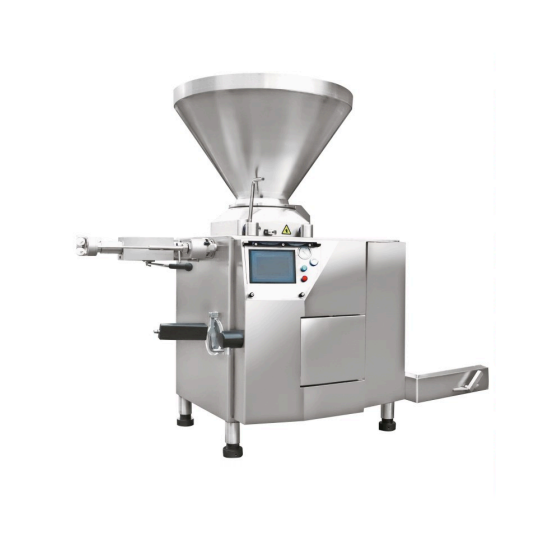
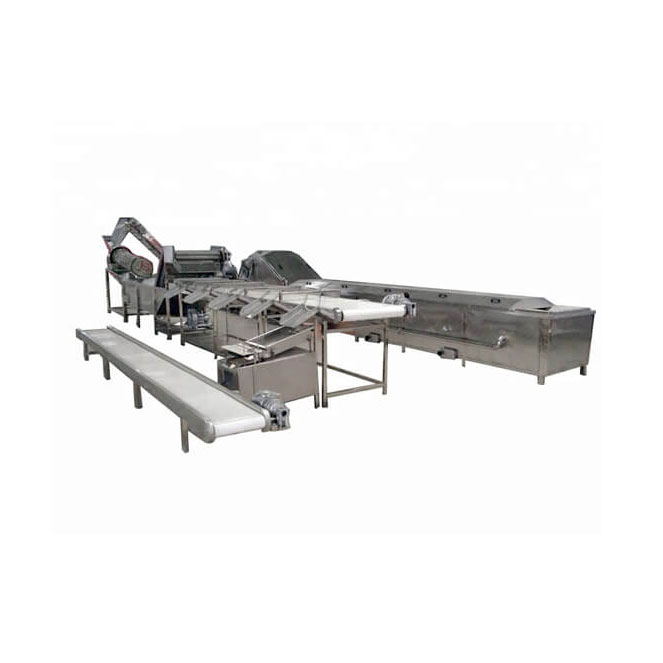
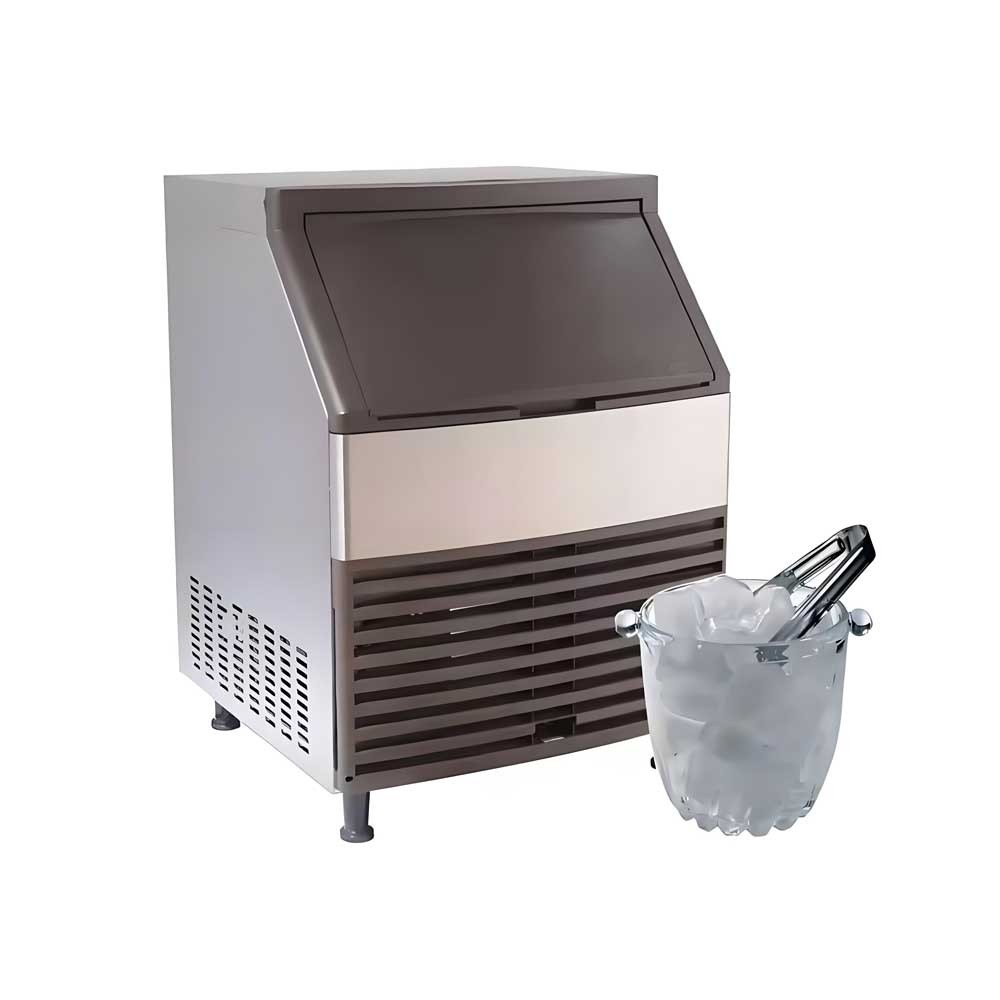
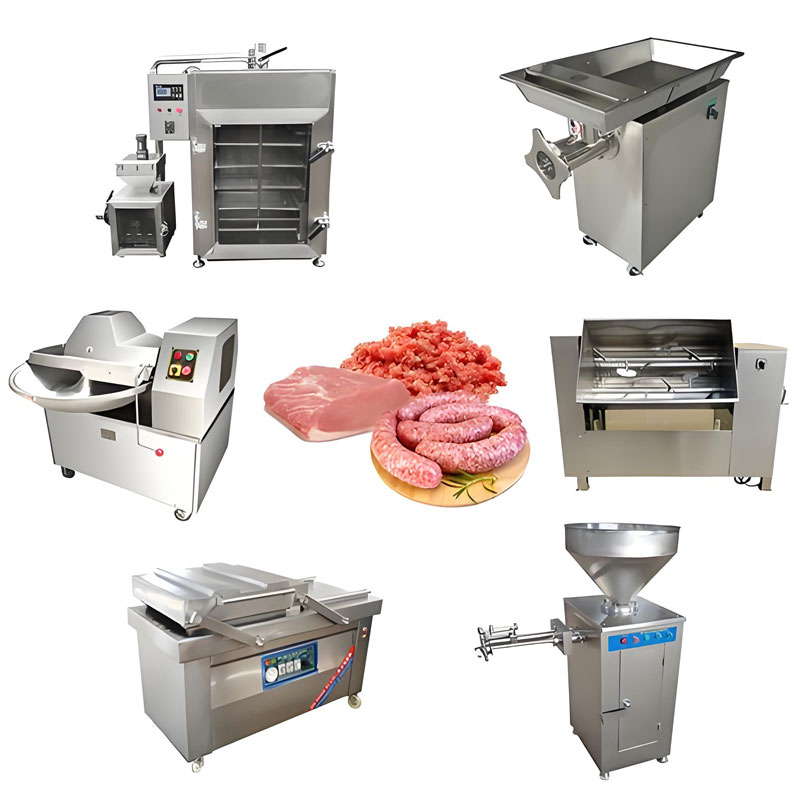 Sausage Stuffer Machine
Sausage Stuffer Machine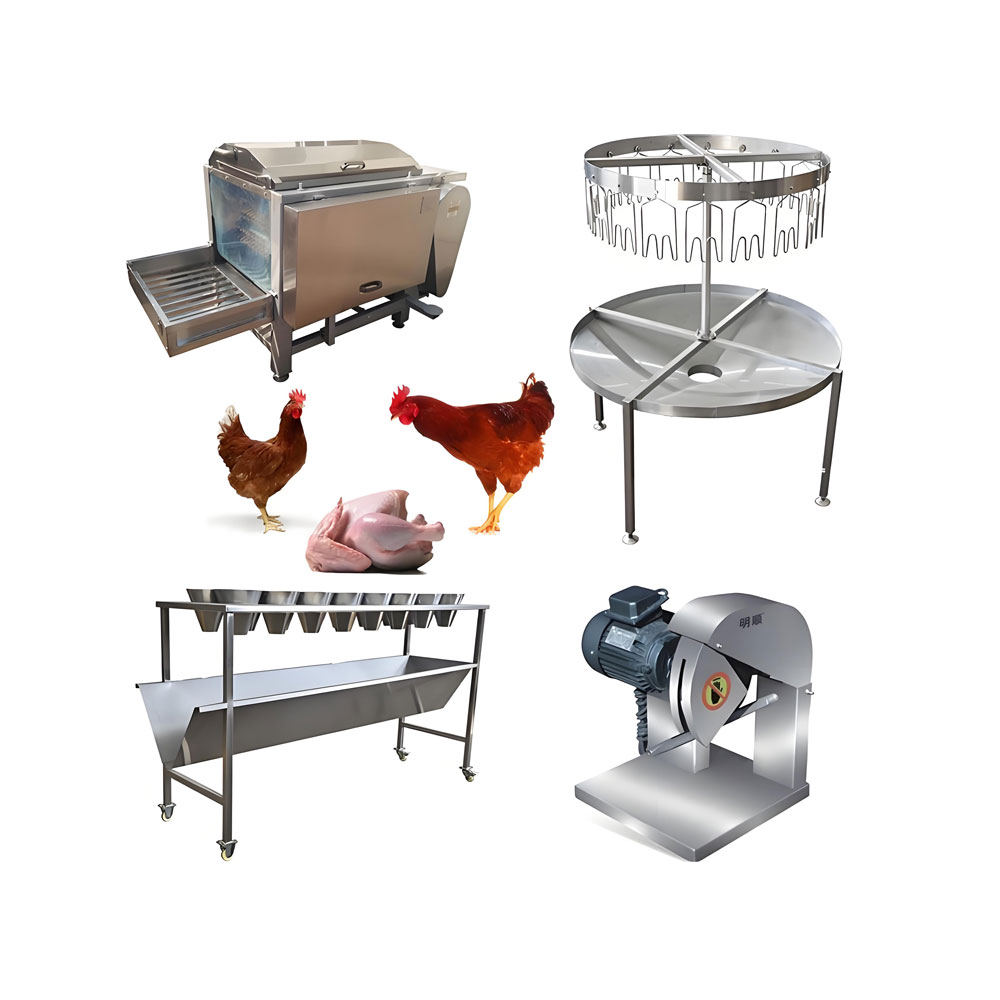 Chicken Slaughtering Machine
Chicken Slaughtering Machine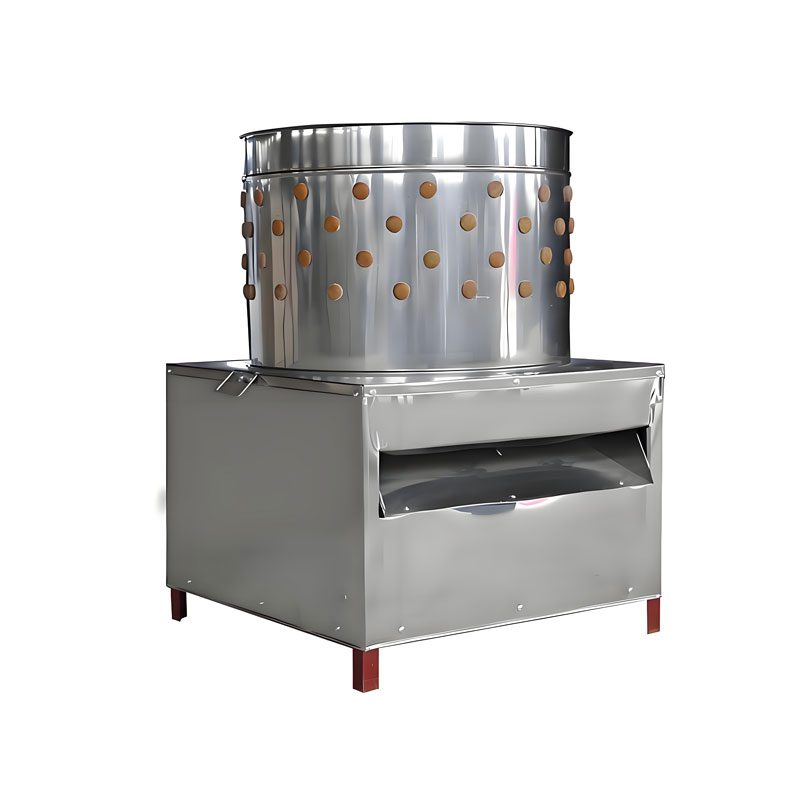 Chicken Plucker Machine
Chicken Plucker Machine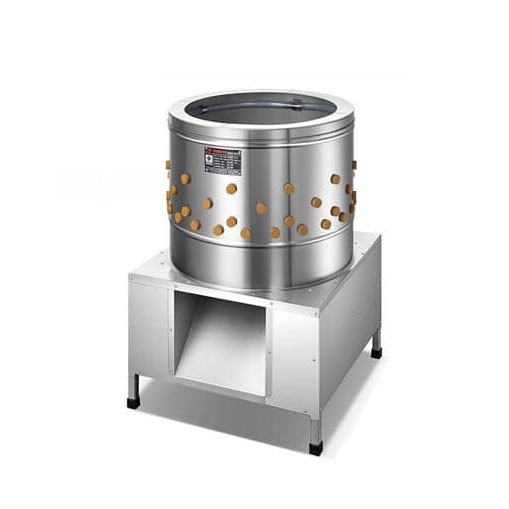 Poultry Feather Removal Machine
Poultry Feather Removal Machine
Ready to Get Started?